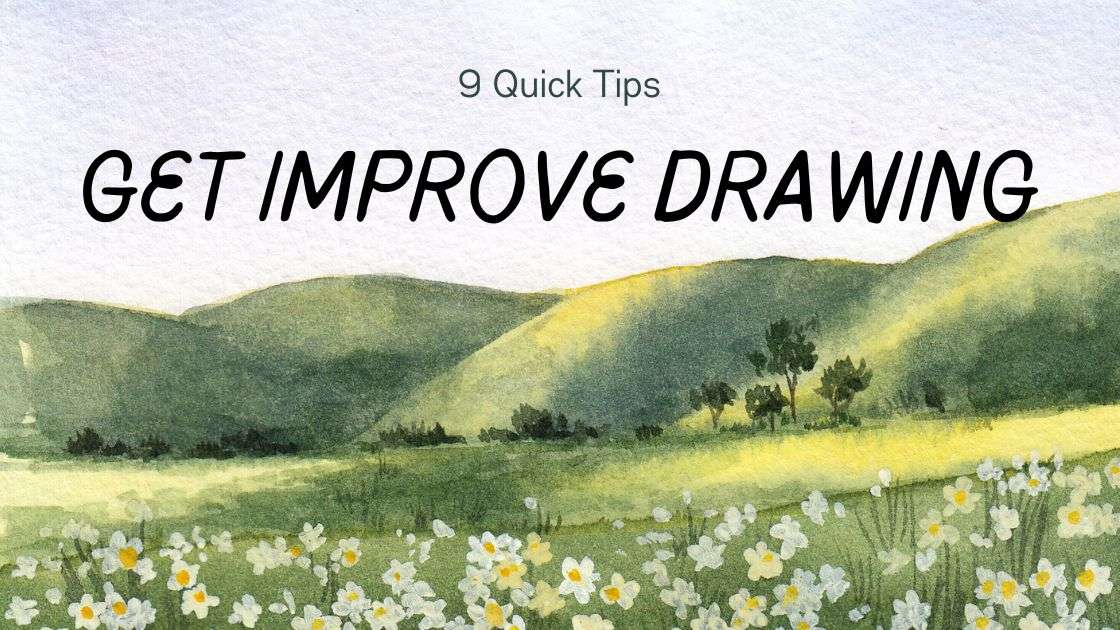To Improve drawing skills can be both exciting and daunting. Whether you’re a beginner looking to enhance your abilities or an experienced artist seeking to refine your craft, there are various strategies and techniques you can employ to elevate your drawing prowess. In this guide, we’ll explore nine quick tips that can help you take your drawing to the next level. From daily practice challenges to experimenting with different mediums and styles, each tip offers a valuable insight into enhancing your artistic expression. So, let’s delve into these tips and unlock the potential within your sketches and illustrations.
9 Quick Tips to Improve Drawing
1. Begin Drawing Regularly
Consistent practice is essential for improvement. Dedicate time each day to pick up your pencil or pen and draw. The more you practice, the more your skills will develop, and your confidence will grow.

2. Study Other Drawings
Examine the work of other artists, from simple sketches to intricate illustrations. Pay attention to their use of lines, shapes, and shading techniques. By analyzing their drawings, you can gain valuable insights into different approaches to drawing.
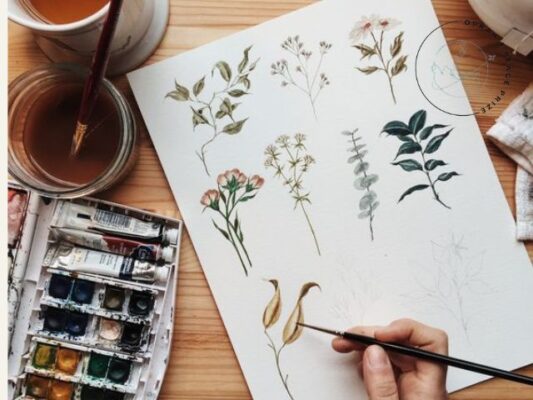
3. Copy Masterpieces
Don’t hesitate to replicate drawings created by renowned artists like Da Vinci or Michelangelo. By copying their work, you can learn about composition, anatomy, and technique. This exercise allows you to understand the principles behind their masterpieces and apply them to your own drawings. In addition, you can try drawing some fonts to practice more so that the drawing becomes softer
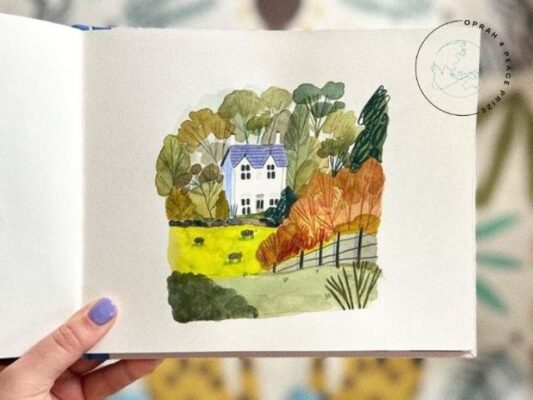
4. Draw from Photographs
Drawing from photographs provides a convenient way to practice capturing shapes, proportions, and details. However, be mindful of potential distortions in photos and strive for accuracy in your renditions. Use photos as references but focus on developing your observational skills.
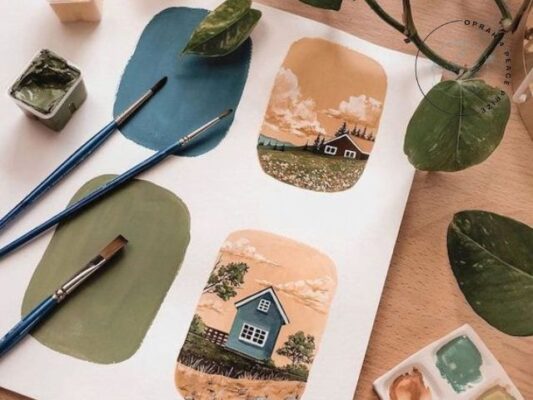
5. Sketch from Life
Drawing from real-life subjects, such as objects, people, or environments, offers invaluable learning opportunities. Start with simple subjects and gradually tackle more complex ones. Challenge yourself by drawing everyday items, like furniture or household items, and gradually progress to more intricate subjects like hands and feet.
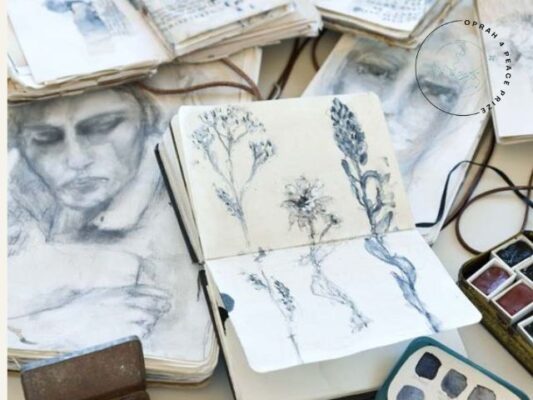
6. Take Drawing Classes
Enrolling in a drawing class can provide structured guidance and feedback from instructors. Look for classes offered at local institutions or art supply stores. Additionally, participating in drawing sessions with fellow artists can offer valuable insights and motivation.
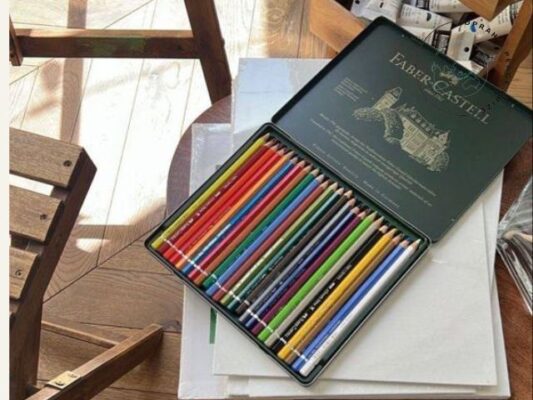
7. Maintain a Sketchbook
Keep a sketchbook with you at all times and make a habit of filling it with drawings. Whether you’re at home, outdoors, or traveling, seize every opportunity to sketch. A sketchbook serves as a visual journal of your progress and encourages consistent practice.
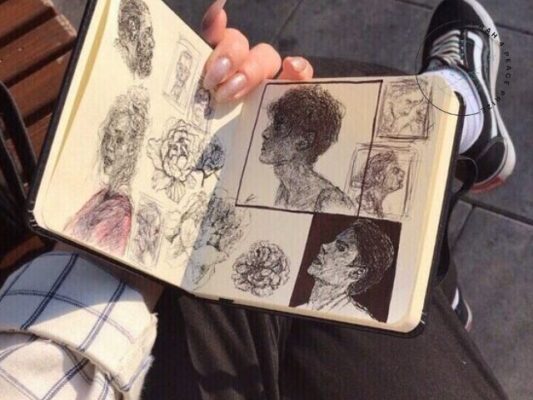
8. Set Intentions and Commit
Make a conscious decision to prioritize drawing and allocate regular time in your schedule for it. Establishing a habit of drawing requires dedication and intentionality. Set specific goals for your drawing practice and hold yourself accountable to them.
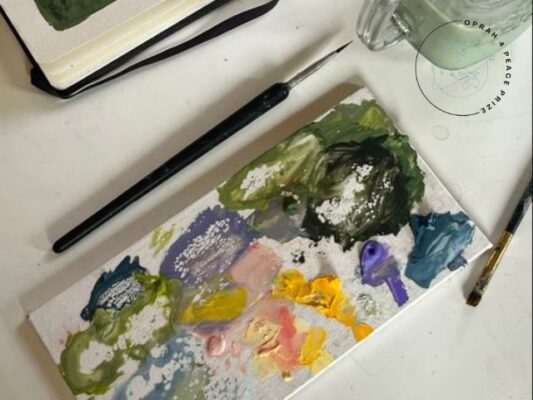
9. Learn Hatching Technique
Experiment with hatching, an ink drawing technique that involves creating parallel lines to add texture and shading to your drawings. Practicing hatching will enhance your understanding of line work and enable you to achieve various effects with different drawing tools.
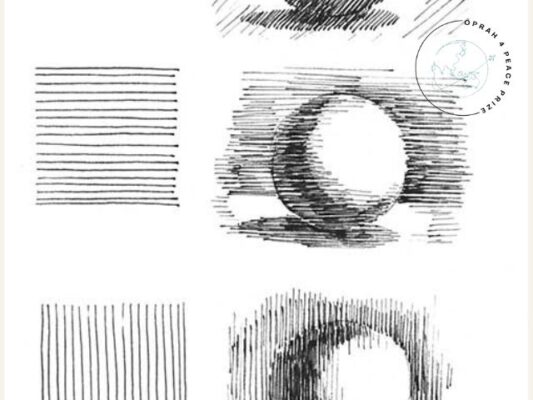
Conclusion
Improving your drawing skills requires consistent practice, observation, and experimentation. Whether you’re drawing from life, photographs, or the work of other artists, each approach offers valuable lessons to enhance your artistic abilities. By taking classes, keeping a sketchbook, and being intentional about your practice, you can make significant strides in your drawing journey. Remember to embrace challenges, such as mastering hatching techniques, and don’t be afraid to seek inspiration from a variety of sources. With dedication and perseverance, you’ll continue to refine your skills and unlock your creative potential as an artist.
Related Post
How to Make a Stunning Embroidered Necklace
Stand Out from the Crowd With 17 Free Fonts for Commercial Use
13 Outdoor Fonts Capturing the Warmth of Nature’s Glow

